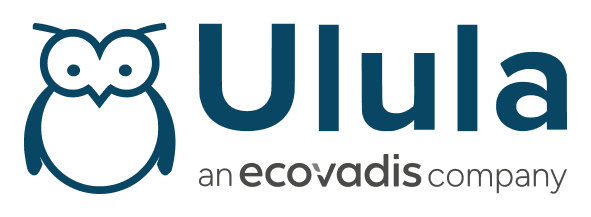This post is the first of three blogs within SupplyShift and Ulula’s ‘Worker Voice’ series. Check back next month for part two. SupplyShift is now partnering with Ulula to offer clients worker voice tools to engage those throughout the supply chain. Reach out to us here to learn more about worker engagement solutions.
There are a number of organizations doing great work to uncover slavery and engage workers within their supply chain. As an industry we have become quite adept at knowing the signs of slavery and setting targets to improve practices within the supply chain. We can all talk at length about our reporting frameworks and training programs, but how do we engage with the most vulnerable in our supply chain? No one ever talks about that.
I myself was in a very precarious situation not too many years ago where I had implemented practices and had done what I had set out to do: I found slavery within my business.
I became aware of the first serious cases of worker exploitation that were within my control and influence on June 19th, 2000. Since 2000, I have found countless cases of worker exploitation and what is now referred to as Modern Slavery in supply chains across a wide range of industries. These have included wage abuses as low as 17 pence per hour, sexual exploitation, and service (accommodation/transport) exploitation.
However, my name and the business that I work for is largely irrelevant because I have found victims or high-risk areas in every business that I have ever looked at. In every case, we and those throughout the supply chain can demonstrate that we did not do anything wrong, However, in every case, we clearly did not do enough.
Over the years, I have helped large numbers of people. The businesses I have worked for have received court commendations, awards, and recognition. At the same time, I have also made mistakes and have had to learn some very hard lessons. One specific case resulted in people disappearing and threats being made against myself and my family.
To combat this, we have evolved training awareness and reporting cultures that still identify slavery and worker exploitation in the supply chain today. We work with a vast network, from charities & NGOs to Enforcement Authorities & Government Organizations. All enable workers and seek to give them a voice — or at least give them some hope.
Workers trapped in forced labor often do not know who to turn to and what options they have to report their situation. This lack of awareness is at the root of the modern slavery and forced labor problem. Where workers have no voice, there will also be no action. It is therefore imperative for companies to set up adequate worker voice solutions that correctly empower workers in their operations and supply chains.
Every case of slavery that I have ever found has come either through victims or the people that have worked closely with them and given them a voice. Here are the things that I have identified as key to ensuring worker empowerment:
Construct a People-Centric Environment – train the unaware, support the unable, manage the unwilling, and collaborate with those that think (wrongly) that they are compliant (including ourselves!)
Recognize that exploiters are a threat to us all – if you don’t take the exploiters power seriously by showing workers that it’s a priority, then workers will never be heard.
Understand the money trail and help protect the endangered within it –your responsibility extends beyond your immediate sphere – by ensuring actions are understood and replicated across the money trail your actions will be seen by the most vulnerable.
Close the loop – shorten the professional distance between the employee and the employer and strengthen contractual arrangements and security.
Examine internal cultures – victims want to tell you that they are victims, so why don’t they? Understand what barriers your cultures have that muffle that voice.
Enable the supply chain to support vulnerable workers – restrict it and you restrict the voice of workers.
Be proactive, not reactive – preventing a victim is as important as finding one – the impact is no less.
Remain aware of signs – signs often change, and some victims have none. Keep systems and processes fluid.
Be patient – if you want to hear their voice then simply listen – don’t force your systems and procedures on them.
Be visible – act with integrity and publicly display putting things right (wherever possible).
Use the eyes and ears of multiple sources – train right down to the lowest levels and examine them carefully. It is often the people around those who are vulnerable who are most aware of the situation.
Use your own voice and sphere of impact – business has immense power to identify, hamper, and disrupt exploitation. The power is in how your business uses information to drive change.
Every person who reads this post has an opportunity to make a difference. You just have to look for it in the right way. With resource shortages leading to increased demand, increased costs, corner cutting, and increases in exploitation and illegal activity, the situation is set to get a great deal worse than it is now. Without an ear to the ground, we are silenced to the risk of those who are most vulnerable within our supply chain. With businesses’ growing sphere of influence and access to new technologies, they have an incredible opportunity to change the status quo for all actors in global supply chains. The solution is simple, we have to listen, and we have to act.
The author of this post has worked across several organizations to advise and assist with human rights tracking and prevention initiatives. Due to the sensitive nature of their work, they have requested to remain anonymous.

